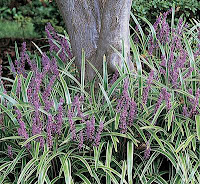Pathways are essential for foot traffic. The first law of any path is to move people from point A to point B as directly as possible. Curving paths wind enticingly through the landscape. Straight lines are typically for more formal paths closer to the building or home. A formal path leads the eye to a focal point such as a front door, garden gate, statue of garden water feature. Plantings often follow the lines laid out by the straight path to emphasize the visual focus.
Practical considerations include dry, non-slippery surfaces and enough width for two people to walk side by side or pass each other comfortably. Crabapple LandscapExperts often marry the hardscaping and building architecture with paths in the landscape in order to pull the design together, particularly close to the architecture.
Paths contribute to the character of a property, and the layout (straight or winding) and the choice of materials affect the overall impression of the garden. Most gardens or recreational areas are immediately adjacent to houses or buildings, and paths provide an essential link between the two, extending the architecture into the greenery.
On the other hand, a garden path is an aesthetic decision. .An integral part of any garden, a path can be used to lead the eye deeper into the landscape, and entice your residents to explore its beauties. A garden path provides structure, unifies the landscape and can be beautiful in and of itself. A well-planned path serves many purposes in the garden in addition to the merely practical.
Your Crabapple Rep can help you choose a path design and discuss materials that will blend harmoniously with the existing site and with your objective.
Photos courtesy ThaiGardenPaths and BanasStones)











